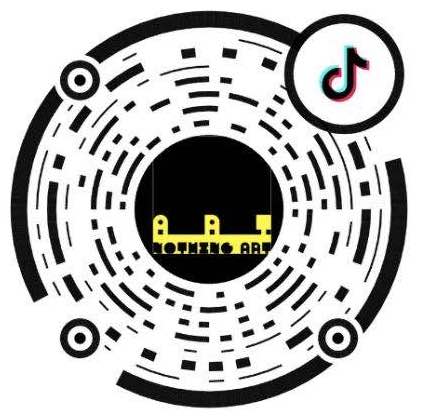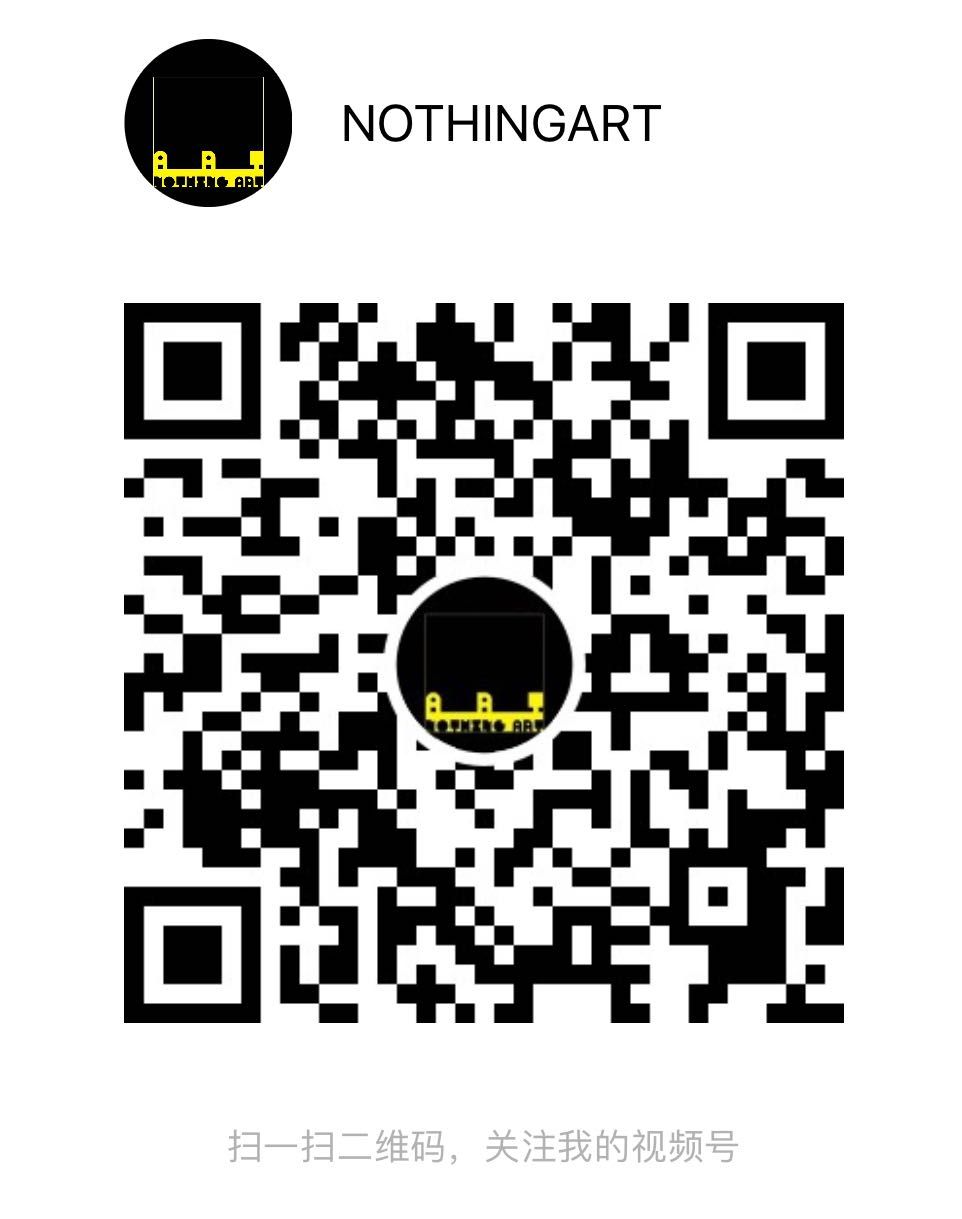Tran Luong (b. 1960) is a pioneer of performance art in Vietnam, but he also works in other media, including painting and installation. The Hanoi-based artist came to international prominence as part of the Gang of Five and led the development of contemporary art in Vietnam in the 1980s and 1990s. Still an influential figure, he is now highly regarded for his performance art experience. His work has been exhibited worldwide and his latest performative video work, Lập Lòe (2012) is part of the Guggenheim UBS Map Global Art Initiative. Tran was a senior curator at the Singapore Biennale in 2013 and was responsible for selecting some of the best young artists from Vietnam to participate in the event.
Tran Luong’s art practice explores themes of history, politics, personal and collective memory and uses symbols such as the red scarf or rice to develop his personal narrative. In Lap Loe – Welts, for example, Tran uses a red scarf, worn by primary and secondary school pupils in Vietnam, a historical and political symbol associated with Communism. The inspiration for this artwork came when one day, Tran’s son returned home from school. Memories of the artist’s own childhood when he and his friends would play by slapping each other with the red scarf paired with memories of the misery and suffering of those times are intertwined and exploited through this performance. Tran wanted to experience the pain of the small scars and wounds inflicted by the game as well as the pain that was inflicted by outside forces during that politically troubled era.









